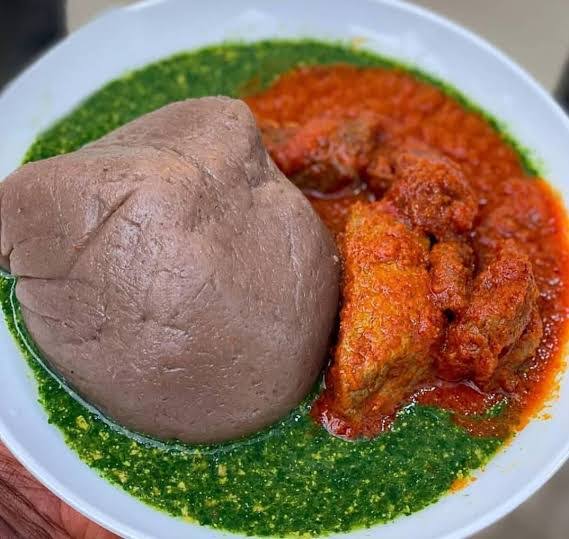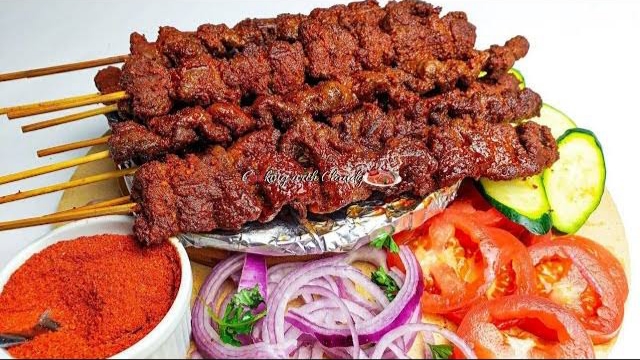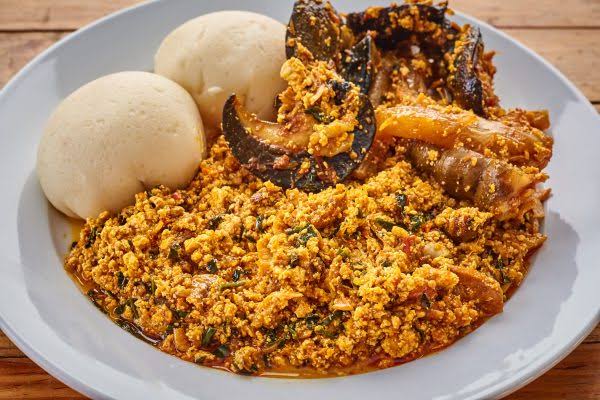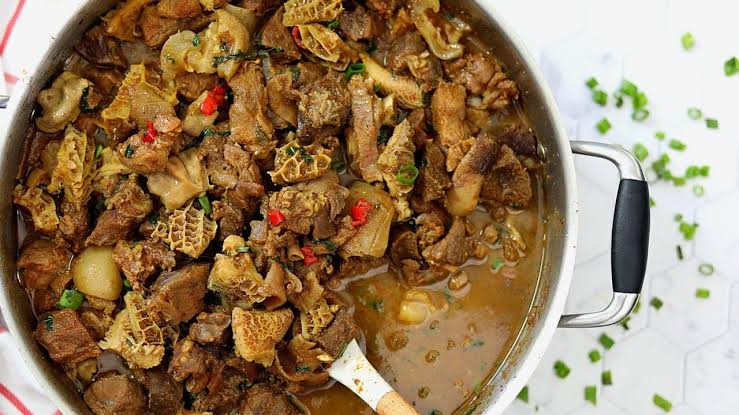
Amala is one of the most iconic dishes of Western Nigeria, especially among the Yoruba people. This traditional staple, made from yam or cassava flour, holds deep cultural significance and remains a favorite in many Nigerian households. Preparing Amala is more than just cooking a meal; it is a culinary practice that connects generations and provides a distinctive taste of Western Nigeria’s rich food heritage. Often served with hearty soups like Ewedu and Gbegiri, Amala is celebrated for its unique texture and earthy flavor, making it a must-try for anyone interested in Nigerian cuisine.
The Origins of Amala
The history of Amala is deeply rooted in Yoruba culture. It originated as a way of utilizing dried yams or cassava during times when fresh food was scarce. Over time, it became a beloved dish among the Yoruba people and spread to other parts of Nigeria. Amala is usually made from yam flour (Elubo), although variations using cassava flour or plantain flour are also popular. Despite its humble beginnings, the dish is now widely associated with celebrations, festivals, and special occasions.
One of the reasons Amala remains so popular is its versatility. It can be paired with a wide variety of Nigerian soups, each adding its own layer of flavor to the dish. This adaptability has made it a staple in many homes, from casual family dinners to large communal feasts.
Ingredients for Preparing Amala
Preparing Amala requires just a few simple ingredients, but the process of making it requires technique and practice. The main ingredients include:
- Yam flour (Elubo): The most common base for Amala, made from dried and ground yams.
- Water: Used for mixing the flour into a smooth, dough-like consistency.
- Salt (optional): A pinch of salt can be added to enhance the flavor, though it is often left out.
Step-by-Step Guide to Preparing Amala
While the ingredients for Amala are straightforward, getting the texture just right takes some skill. Here’s how to prepare Amala:
- Boil water: Start by boiling a sufficient amount of water in a pot. The amount of water depends on how much Amala you want to prepare, but a general rule is to use slightly more water than flour.
- Gradually add the flour: Once the water has come to a rolling boil, reduce the heat slightly. Begin adding the yam flour slowly while stirring continuously with a wooden spoon to prevent lumps from forming.
- Stir until smooth: As you continue stirring, the mixture will start to thicken. Keep stirring until it forms a smooth, stretchy dough. The key is to avoid lumps by stirring vigorously.
- Adjust the consistency: If the Amala is too thick, you can add a little more hot water and stir it in. If it’s too soft, add more flour and stir until you reach the desired texture.
- Serve immediately: Amala is best served hot, traditionally accompanied by soups like Ewedu, Gbegiri, or Okra soup.
The Nutritional Value of Amala
Amala is not only delicious but also packed with nutrients. It is a good source of carbohydrates, providing energy for the body. Yam flour, the primary ingredient, contains essential vitamins like vitamin C and B-complex vitamins, as well as minerals like potassium and magnesium. This makes Amala a nutritious addition to a balanced diet.
The cassava or plantain-based versions of Amala also have their own nutritional benefits. Cassava, for instance, is rich in dietary fiber, while plantain flour is a good source of vitamins A and C. These variations allow individuals to enjoy the dish while catering to their personal dietary preferences.
Amala and Yoruba Culture
In Western Nigeria, Amala is more than just food; it is a symbol of Yoruba identity and tradition. It is often featured in important ceremonies such as weddings, funerals, and naming ceremonies, where it is served with lavish accompaniments. In fact, Amala’s role in Yoruba celebrations is so important that it is sometimes referred to as the “king of swallows” in local parlance, a reference to how it is eaten by dipping pieces into soup and swallowing without chewing.
In Ibadan, the largest city in Western Nigeria, Amala joints are a common sight, with locals gathering to enjoy this beloved dish together. These eateries are famous for serving not only the best Amala but also for providing a communal atmosphere where people can relax and share stories.
Global Appreciation of Amala
As Nigerian cuisine gains global recognition, Amala is making its way into the international food scene. Nigerian restaurants in the United States, the United Kingdom, and other parts of the world often feature Amala on their menus, introducing foreigners to the dish’s unique texture and flavor. Its global appeal highlights how traditional African foods are increasingly being appreciated for their richness and diversity.
Moreover, food festivals and cultural events celebrating African cuisine often feature cooking demonstrations that show attendees how to prepare Amala. These events help promote Nigerian culture and foster appreciation for its culinary traditions.
Why Amala Remains a Beloved Dish
Preparing Amala is a deeply rooted practice in Western Nigeria, one that goes beyond simply feeding the body. It is a culinary expression of Yoruba culture, enjoyed both in intimate family settings and during large communal gatherings. The dish’s simple ingredients, combined with its versatility and rich cultural significance, ensure that Amala will continue to hold a cherished place in Nigerian cuisine for generations to come. Whether you’re in the heart of Ibadan or at a Nigerian restaurant abroad, a plate of Amala is always a delicious way to experience the taste of Western Nigeria.




